Armed Forces Day: Our 10 Favorite Military Vehicles
In honor of Armed Forces Day, we decided to list our 10 favorite military vehicles. Because we like lists. And we love the Armed Forces.
There aren’t enough ways to thank the men and women who sacrifice so much so that we can zip around the suburbs and drink our Starbucks while sharing internet jokes on our iPhones.
It’s so easy to take for granted the blessings and freedoms bestowed upon U.S. citizens. So we make sure today isn’t one of those days.
As always, here’s to the heroes.
Now, have a look at our 10 favorite (land-use) military vehicles. Do you have a favorite that didn’t make the list? Let us know in the comments.
M1A2 Abrams Main Battle Tank
A cheeseburger: $4
An M1 Abrams tank: $8.5 million
Freedom: Priceless
These American-built tanks were designed by Chrysler Defense and are produced by General Dynamics Land Systems. They’re used in the United States by the U.S. Army and the U.S. Marine Corps, and also by military units controlled by Australia, Egypt, Kuwait, and Saudi Arabia.
They’re studly at 68 tons (tons!) and still able to run 42 miles per hour over most any terrain. These tanks are powered by a 1,500-horsepower gas turbine engine which burn about 10 gallons of fuel upon startup and get about a half-mile per gallon.
Oh yeah. And they have 120mm cannons attached to them.
…
Stryker
Not unlike the Bradley, the Stryker’s job is to get infantry troops to and from the battlefield, and provide back-up support while there. The Stryker is powered by a 350-horsepower Caterpillar engine which can be driven to four or eight of the vehicle’s wheels, and achieve a top speed of 62 miles per hour. Price tag: $4.9 million.
…
HMMWV
Better known as the Humvee, the High Mobility Multipurpose Wheeled Vehicle essentially replaced Jeep vehicles in the early 1980s. Fully loaded—and by fully loaded, we mean full of guns and armor and ammo and awesome—the Humvee weighs about 6,000 pounds. They are powered by a 6.5-liter turbodiesel V8 engine that gets about 10 miles per gallon and achieves a top speed of 55 miles per hour. It is the vehicle most commonly used by Army and Marines personnel for general transportation.
…
M109A6 Paladin
It looks a lot like a tank to the untrained eye. But the Paladin—unarmored against enemy tank fire, and capable of only 35 miles per hour speed—is really just a mobile cannon. The Paladin features a 155mm howitzer you’d prefer to not get shot with. It has a firing range between 15-19 miles and typically fires at enemy targets at a rate of six rounds per minute before moving on to avoid return fire.
…
Cab-Over FMTV
FMTV is short for Family of Medium Tactical Vehicles because even though the military is awesome and we love them, they over-complicate the vehicle-naming process. These FMTV trucks replaced the M35 and look a little European because they are based off an Austrian military truck known as the Steyr. These trucks are built in several variations. There is a 4×4 Cargo version that makes 275 horsepower from a diesel engine and offers 12,000 pounds of towing capacity. The 6×6 variety makes 330 horsepower and can tow 21,000 pounds.
…
LARC-V
These amphibious vehicles were widely used during the Vietnam War when about 500 of the 968 made were destroyed. Despite its aluminum construction, the LARC-V weighs 19,000 pounds. It is powered by a 300-horsepower Cummins diesel V8 engine and reaches speeds of 35 miles per hour on land, and about 10 miles per hour in water. About 300 remain. The U.S. military has about 200 in inventory, and the rest are owned by civilians.
…
Light Strike Vehicle
While defenseless to heavy attack, the Light Strike Vehicle (LSV) is designed for quick hit-and-run attacks. It can travel 80 miles per hour on roads and 70 miles per hour off-road. They are powered by diesel engines and sport .50-caliber, 7.62mm and 5.56mm machine guns (and handheld rockets!).
…
M35 Cargo Truck
The M35 is the military equivalent of the trusty old pickup on pretty much every farm in America. It just gets stuff done. The M35 designation has been in use since 1951 while going through a bunch of engine and transmission upgrades over the years. The modern-day M35 is powered by a Caterpillar diesel engine. The trucks weigh more than 13,000 pounds and have a 10,000-pound payload capacity. The M35’s top speed is 58 miles per hour. It does that while getting an efficient (ahem) 11 miles per gallon… on the highway.
…
RG-33 Cougar Mine Protected Vehicle
Not to be confused with the much-more-fragile RGIII of Washington Redskins fame, the RG-33 is a heavily armored transport designed to protect our troops from IED (improvised explosive device) attacks. The RG-33 features a one-piece V-shaped underbelly which helps deflect mine blasts. There are both four- and six-wheel versions of this vehicle. Both versions are powered by a 400-horsepower Cummins diesel engine. The six-wheel variant weighs 37 tons, but can still drive 68 miles per hour at nine miles per gallon. The U.S. Army and U.S. Marine Corps have been using the RG-33 since 2007.
…
M132 HIMARS
If you have anything that needs blown up 186 miles away, this is the truck for you! The M132 HIMARS, or High Mobility Artillery Rocket System in military-ese, is mounted on a 6×6 FMTV truck chassis and is equipped with six rockets of which you’d rather not be on the receiving end. These vehicles are used by both the U.S. Army and the U.S. Marine Corps.




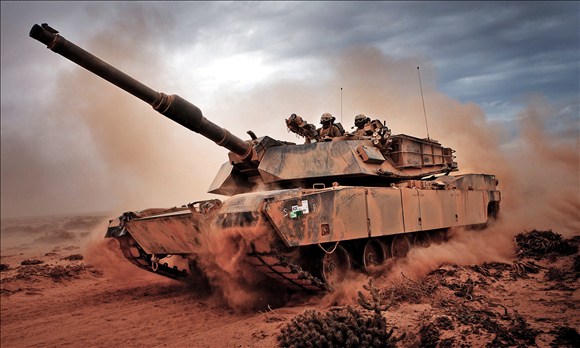
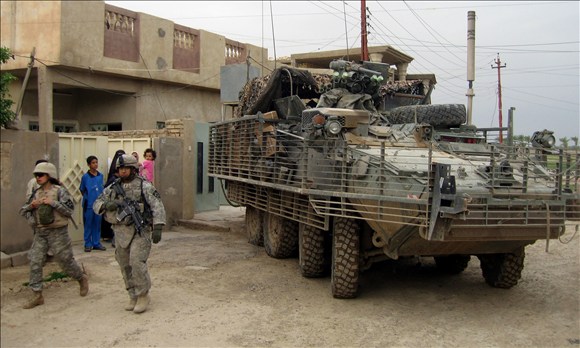
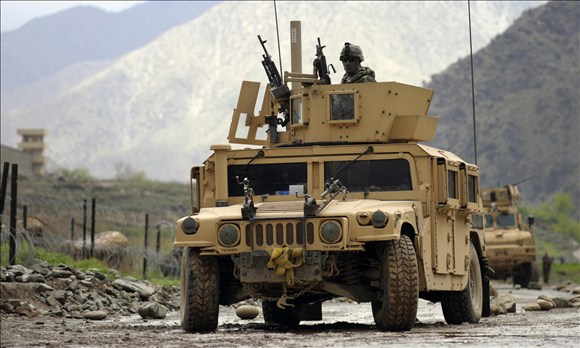


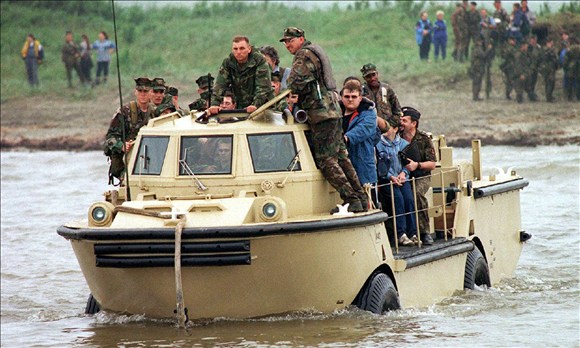
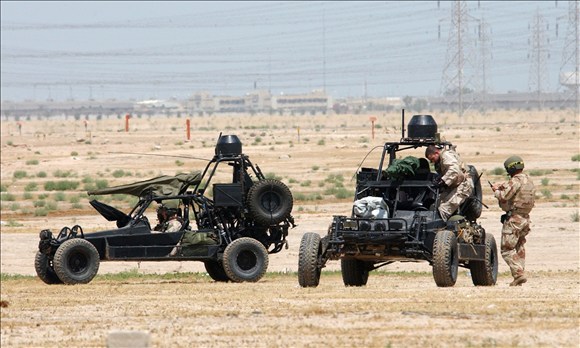
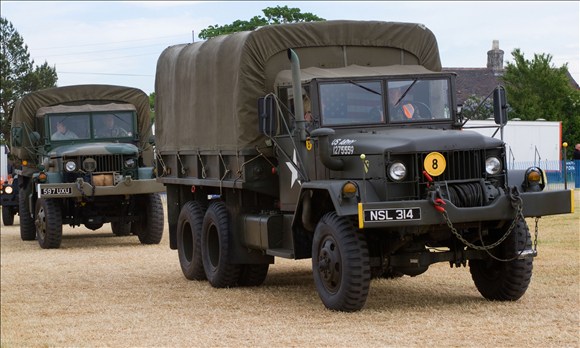
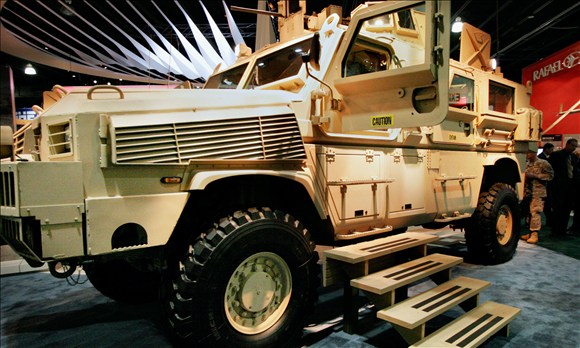


Facebook Comments